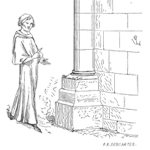
A certain Operations Manager started inventing production KPIs in order to measure reliability from a production perspective. So he got together his colleagues and they came up with this formula.
Reliability = Good Production / (Net Production Hours + Nominal Speed)
When asked to define ‘good production’, I was told that it was the saleable production remaining after losses such as speed losses, first time quality, downtime, change overs, etc. were taken off.
After 3 years of running TPM (Total Productive Maintenance) across 3 factories, they made the following observations. The mean time between failure (MTBF) of equipment in all 3 factories increased. The production volumes increased. However the Reliability remained flat. How can this be? Something is not right. Is the above formula incorrect?
Is there a better way to calculate Reliability from a production perspective?
[Read more…]

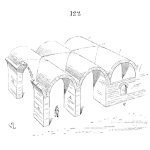

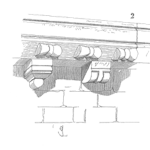


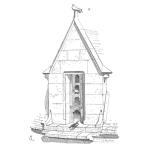

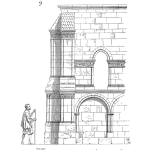


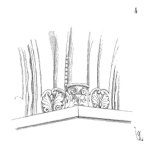

 Ask a question or send along a comment.
Please login to view and use the contact form.
Ask a question or send along a comment.
Please login to view and use the contact form.